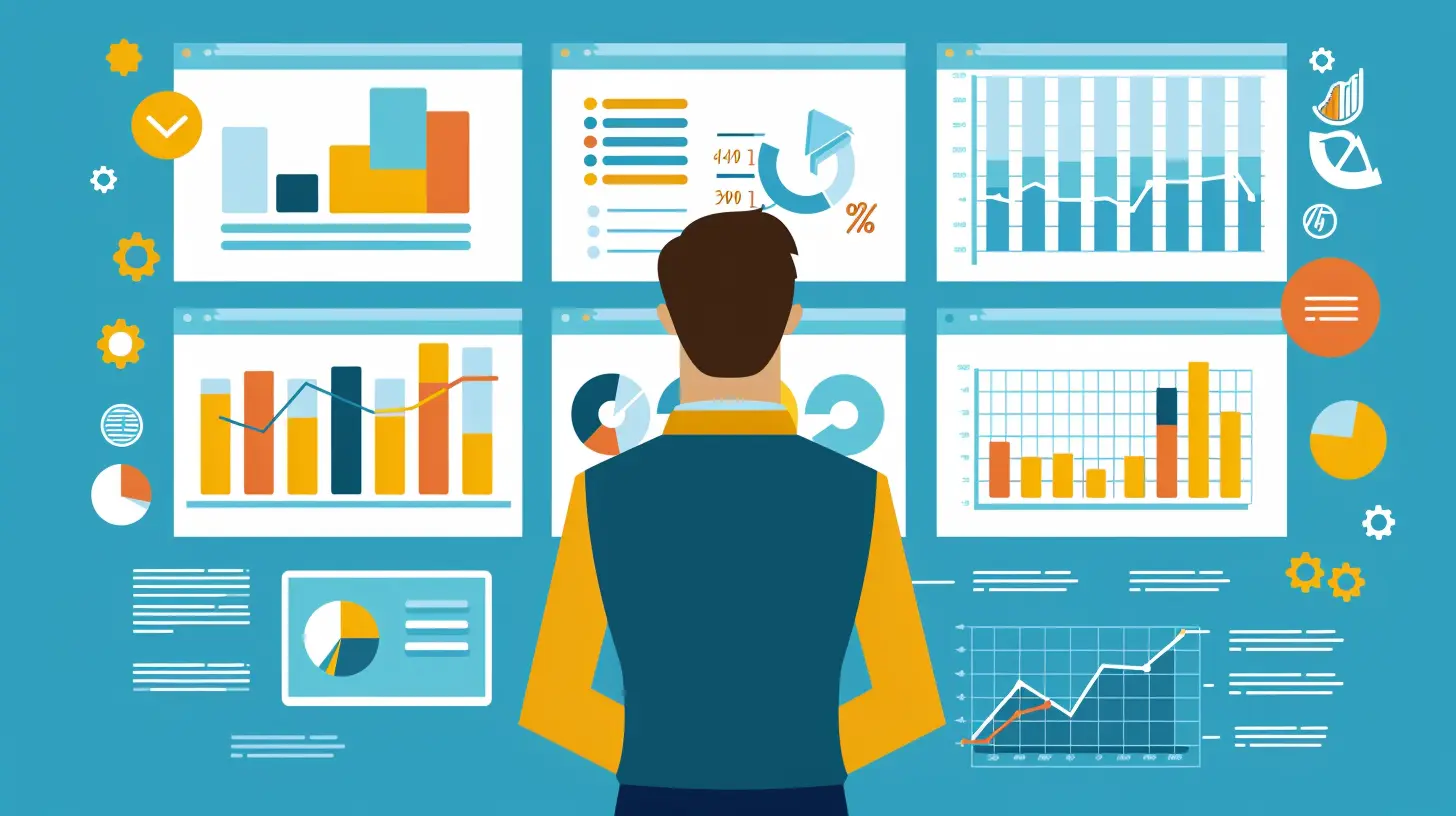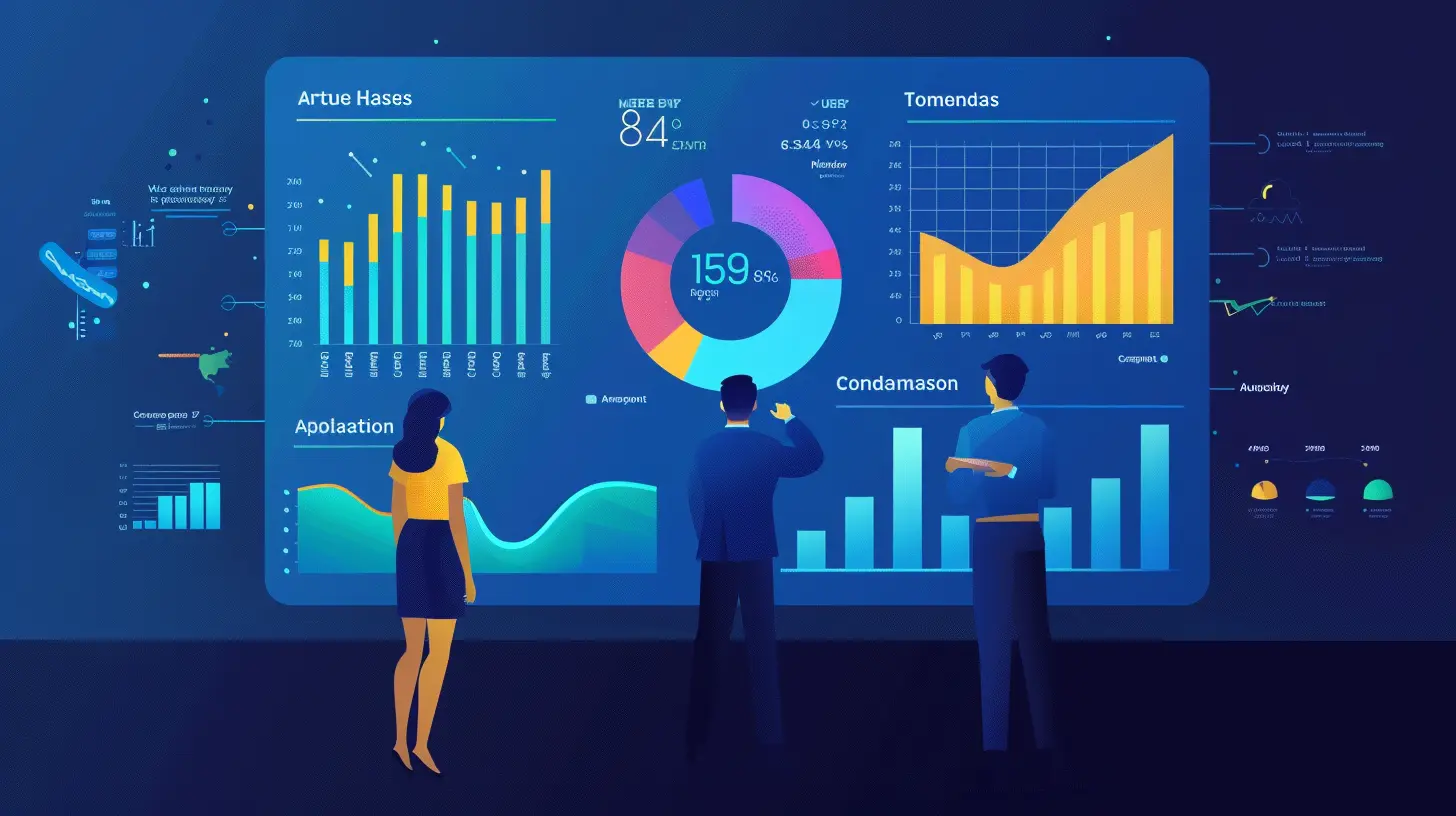How to Use Data Analytics to Foster a Customer-Centric Business
9 October 2025
Building a customer-centric business isn’t just a trendy buzzword anymore — it’s a necessity. If your business isn’t prioritizing the customer experience, well, you might be leaving money on the table (and giving your competitors a golden opportunity). But here’s the twist: being “customer-centric” doesn’t mean you just send thank-you emails and have a friendly support team. It means digging deep, really deep, into data to understand what your customers want, need, and expect.
That’s where data analytics swoops in like a superhero.
In this guide, we’re going to have a chat about how data analytics can help you build and maintain a business that revolves around your customers — their behaviors, their preferences, their journey. Ready? Let’s break it down together.
What is Customer-Centricity, Anyway?
Before we geek out on data (don’t worry — we’ll keep it understandable), let’s define the core concept: customer-centricity.Being customer-centric means putting your customers at the core of everything you do. Every decision — from product development to marketing to customer service — should be rooted in what’s best for your customers.
It’s not a one-time action; it’s a whole mindset.
But how do you figure out what your customers actually want? You guessed it — data analytics.
Why Data Analytics is the Secret Sauce
Think of data analytics as your GPS for the customer journey. Without it, you’re just driving blindfolded — not a great idea, right?Data analytics helps you:
- Understand customer behavior and trends.
- Personalize marketing strategies.
- Improve customer service.
- Predict future needs and preferences.
- Increase loyalty and retention.
Essentially, it gives you actionable insights — real info you can use to make smarter decisions.
Step 1: Collect the Right Data
Alright, first things first. You can’t analyze what you don’t have. So you need to collect the types of data that actually tell you something meaningful about your customers.Here are a few key types:
1. Demographic Data
This includes age, gender, location, income, etc. It helps you build detailed customer personas.2. Behavioral Data
Track what users are doing — what pages they visit, what products they browse, how long they stay, and what they click on.3. Transactional Data
Purchases, returns, subscriptions — all the nitty-gritty details of how customers spend their money with you.4. Feedback and Sentiment Data
Reviews, surveys, support tickets, and social media comments offer golden nuggets of insight into what your customers are thinking and feeling.Remember, the goal isn’t to collect every piece of data under the sun. It’s to collect the right data — the kind that’s relevant and actionable.
Step 2: Use the Right Tools
Think of data analytics tools like your toolbox. You wouldn’t try to fix your car with a spoon, right? Same principle here — you need the right tools to extract, analyze, and interpret customer data effectively.Here are a few top tools to consider:
- Google Analytics – For monitoring website traffic and behavior.
- CRM Systems (like HubSpot or Salesforce) – To manage customer interactions and info.
- Customer Feedback Tools (like SurveyMonkey or Typeform) – For gathering opinions.
- BI Platforms (like Tableau or Power BI) – To visualize and dig deeper into your data.
- Social Listening Tools (like Hootsuite or Sprout Social) – To monitor brand sentiment.
Pick the tools that align with your business size, goals, and resources. Don’t go overboard — quality over quantity always wins.
Step 3: Turn Data into Actionable Insights
Now that you’ve got your data and tools, it’s time to do something with it. Raw data is like a puzzle — and it’s your job to put the pieces together.Ask the Right Questions
Before analyzing, define what you want to uncover. For example:- What products are customers loving (or hating)?
- Where are customers dropping off in their journey?
- What’s driving repeat purchases?
- Are there service issues causing churn?
Asking specific questions makes your analysis laser-focused.
Use Segmentation
Not all customers are the same. Segmenting your audience based on behavior, value, or lifecycle stage helps you tailor your strategies.For instance, the messaging that appeals to a first-time buyer isn’t the same as what works for a loyal customer.
Identify Patterns
Look for trends and recurring behaviors. Let’s say you notice customers who view more than five products typically end up making a purchase. Boom — that’s something your marketing team can leverage.Predict and Personalize
With enough data, you can start predicting future behaviors. Maybe you notice people tend to reorder a product every 30 days. What if you sent them a reminder or a discount at day 28? That’s customer-centric thinking powered by data.Step 4: Act on the Insights
Insights without action are just... interesting facts.Here’s how to weave what you’ve learned into your business:
Personalize the Experience
Use analytics to tailor emails, product recommendations, and website content based on individual customer behavior — not general assumptions.Think about Spotify’s “Discover Weekly” — that’s personalization done right.
Improve Customer Support
By analyzing support interactions, you can identify common issues and proactively address them. Maybe it’s a recurring bug or confusing return policy. Fixing that improves the customer experience across the board.Optimize Marketing Campaigns
Instead of blasting your entire audience with the same message, use your data to target the right people with the right message at the right time. That’s how you boost engagement and conversions.Innovate Based on Feedback
Don’t just collect feedback — use it! Maybe customers are clamoring for a feature you haven't added. Use that data to guide product development and show your customers you’re listening.Step 5: Measure and Adapt
Customer-centricity isn’t a finish line — it’s a continuous loop. You need to keep checking in with your data and tweaking your strategies.Track metrics like:
- Customer satisfaction (CSAT)
- Net Promoter Score (NPS)
- Customer retention rate
- Customer lifetime value (CLV)
- Conversion and churn rates
These will tell you if what you’re doing is actually resonating with your customers. If not? Adapt and try again. The beauty of data is that it keeps the feedback loop going.
Common Pitfalls to Avoid
Let’s chat about a few mistakes businesses make when using data analytics:1. Analysis Paralysis
Too much data can be overwhelming. Don’t get stuck staring at dashboards — focus on what matters most.2. Ignoring the “Why”
Data tells you what’s happening, but not always why. Pair numbers with qualitative insights (like customer interviews) for a full picture.3. One-Size-Fits-All Strategy
Generic marketing doesn’t work anymore. Use segmentation and personalization to treat your customers like the unique individuals they are.4. Privacy Faux Pas
Always respect your customers’ data. Be transparent, follow regulations (like GDPR), and secure their info like it’s your own.Real-World Examples
Let’s bring it to life with a few examples:Amazon
Amazon is basically the poster child for customer-centricity. Using purchase history, browsing behavior, and predictive analytics, they offer hyper-personalized recommendations — and it works like magic (or data).Netflix
Ever wonder how Netflix seems to know what you want to watch next? That’s data analytics at its finest — analyzing viewing habits to keep users engaged and subscribed.Starbucks
With their mobile app, Starbucks collects transactional and behavioral data to offer rewards, suggest products, and even choose new store locations. It’s not just coffee — it’s smart business.Final Thoughts
So, here’s the takeaway: if you want your business to truly thrive in today’s market, make your customers the center of your universe — and use data analytics to guide you there.It’s not about having the most data or the flashiest tools. It’s about asking the right questions, listening to your customers, and turning insights into action.
Remember, your customers are telling you what they want — you just have to know where (and how) to listen.
Being customer-centric isn’t a destination. It’s a way of doing business — and data is the compass that points the way.
all images in this post were generated using AI tools
Category:
Data AnalysisAuthor:

Caden Robinson
Discussion
rate this article
1 comments
Seraphis Spencer
This article nails it! Emphasizing data analytics for customer engagement is crucial. By understanding customer behavior and preferences, businesses can tailor their offerings, enhance satisfaction, and build loyalty. It's a smart strategy that truly places customers at the center.
October 18, 2025 at 2:14 AM

Caden Robinson
Thank you for your insightful comment! I completely agree—leveraging data analytics is key to creating a customer-centric business.


